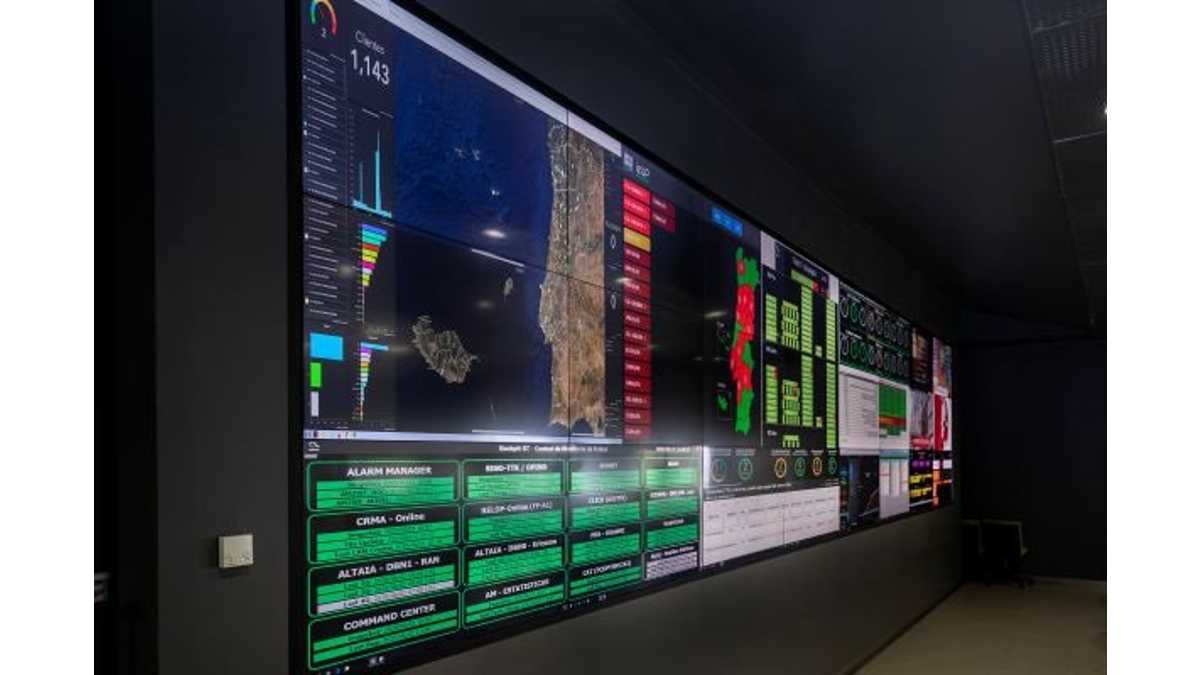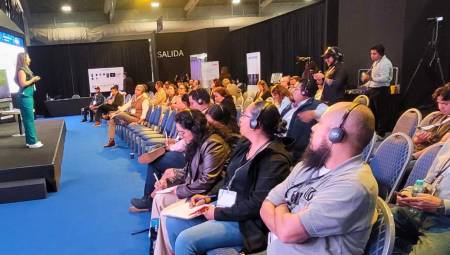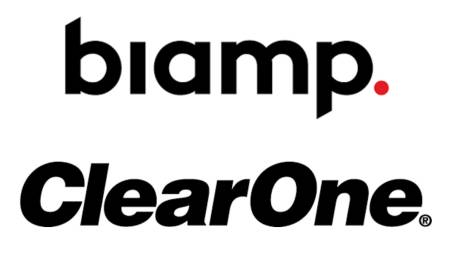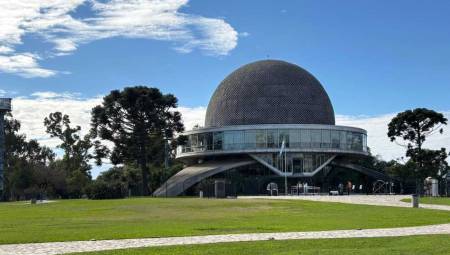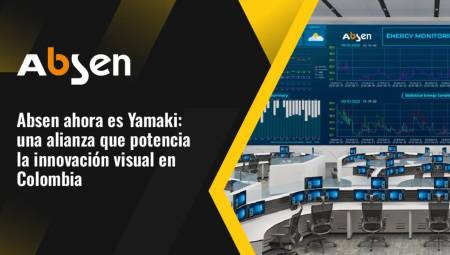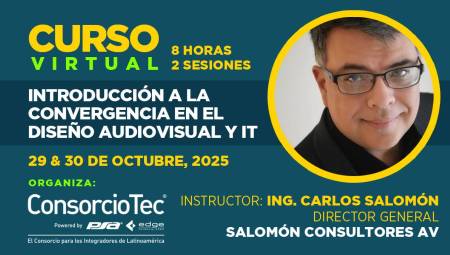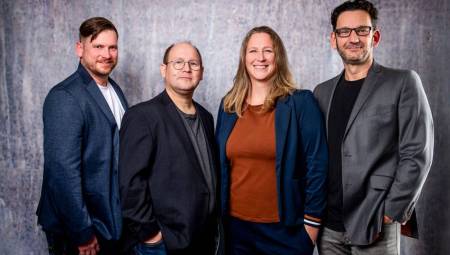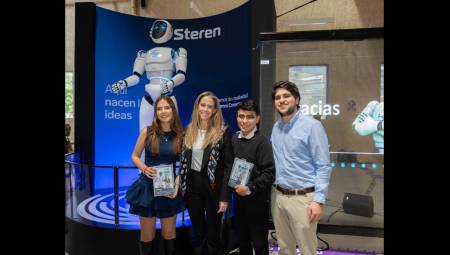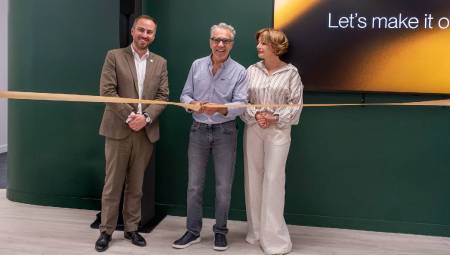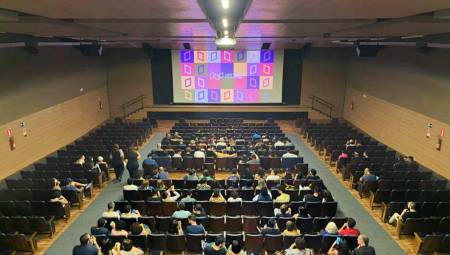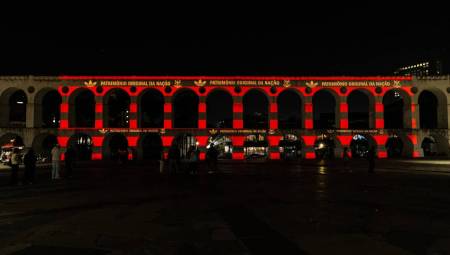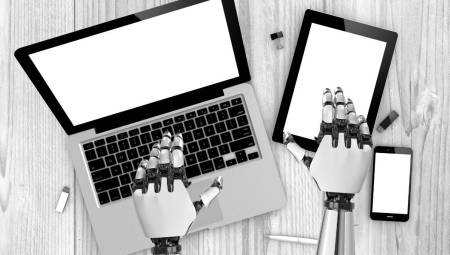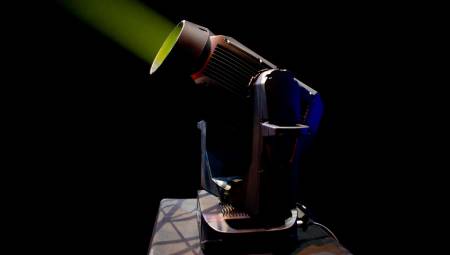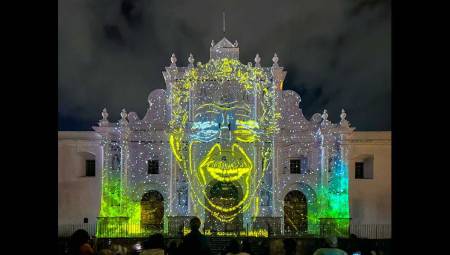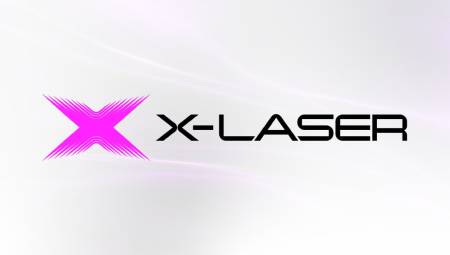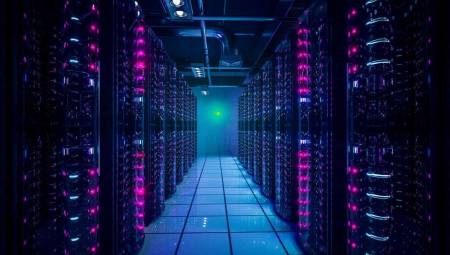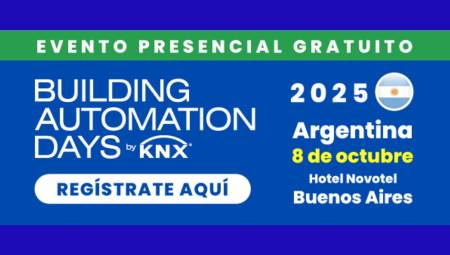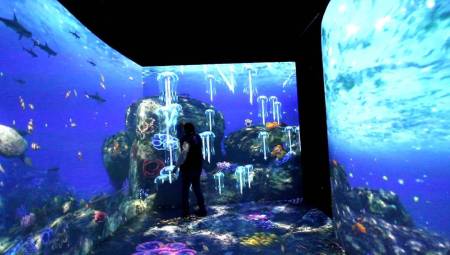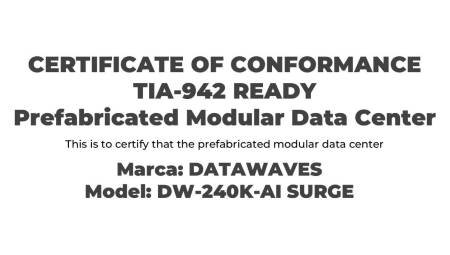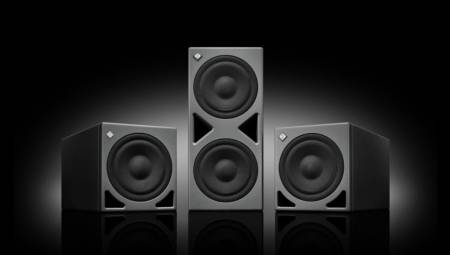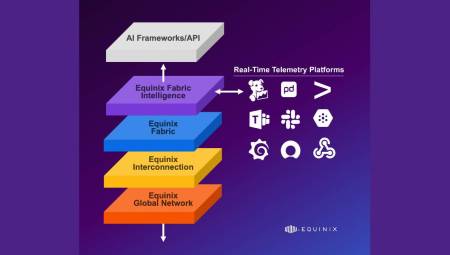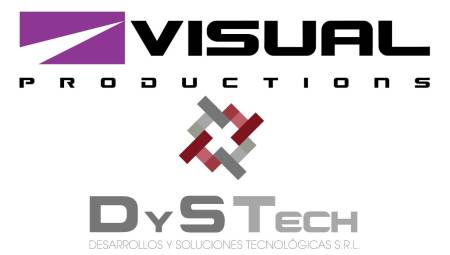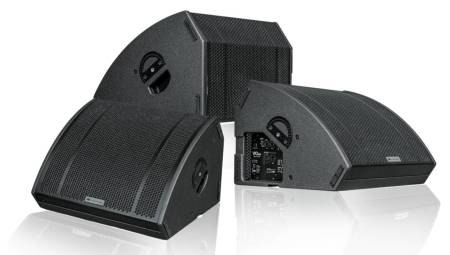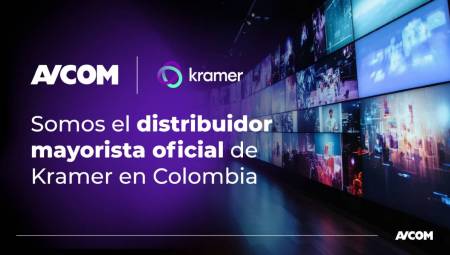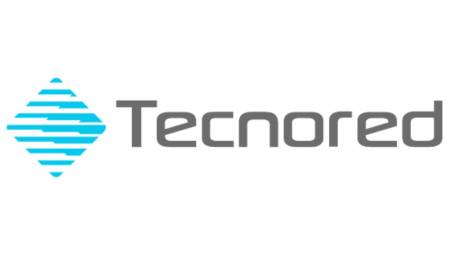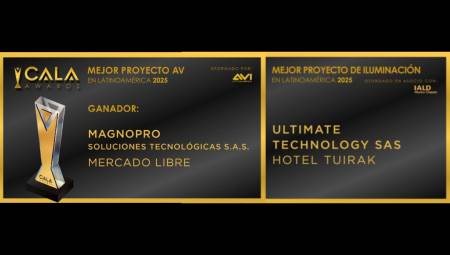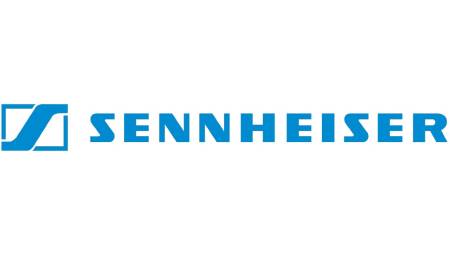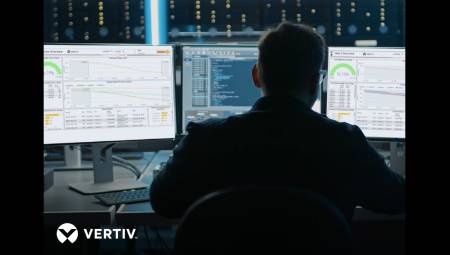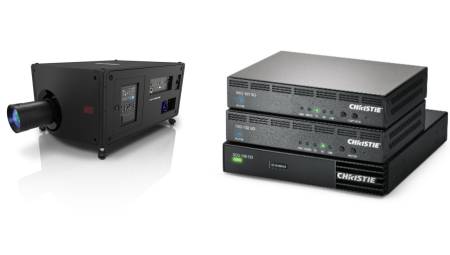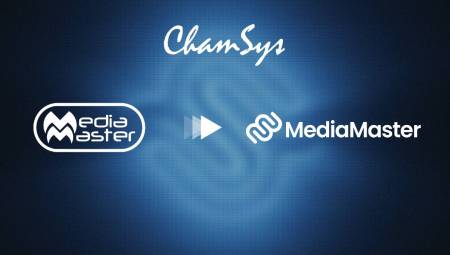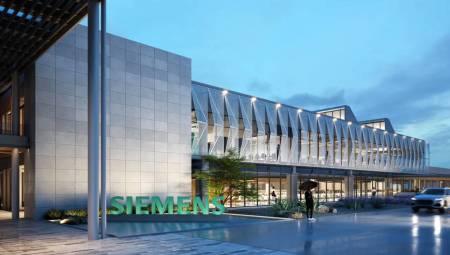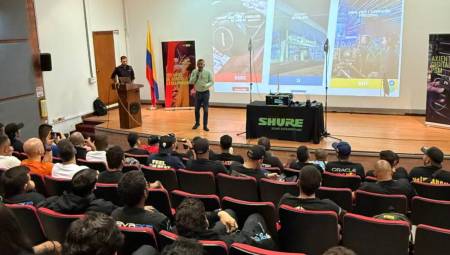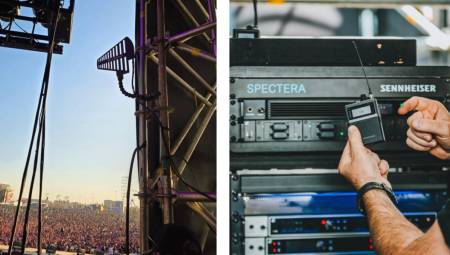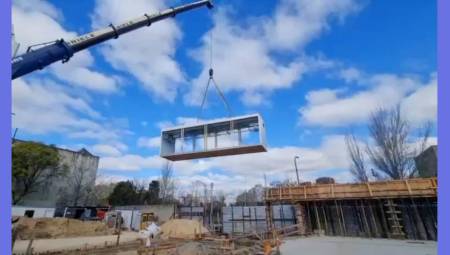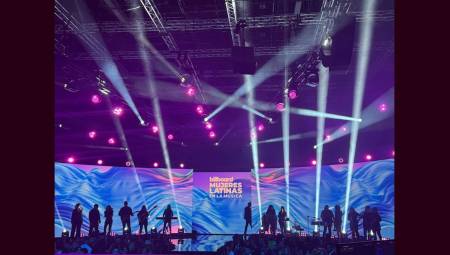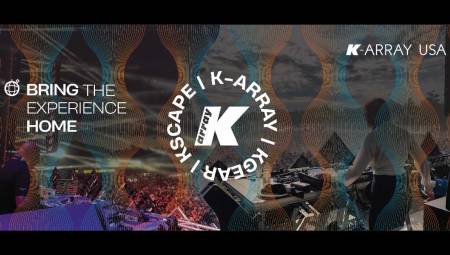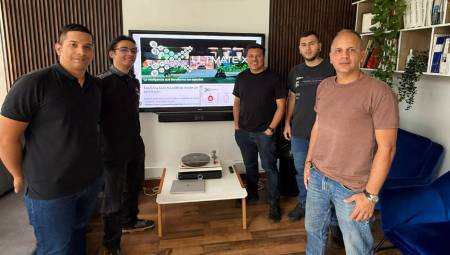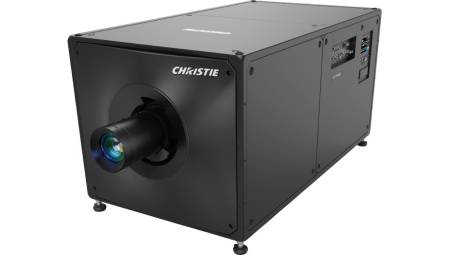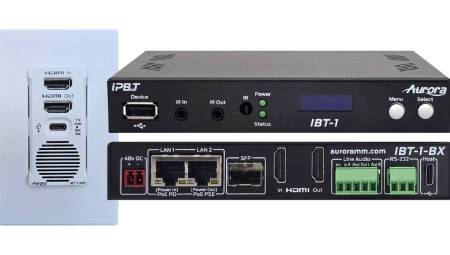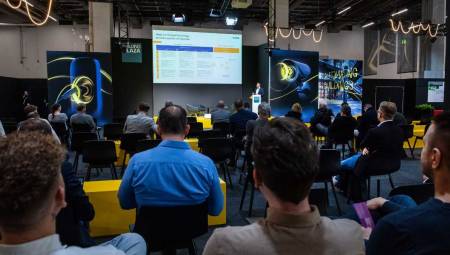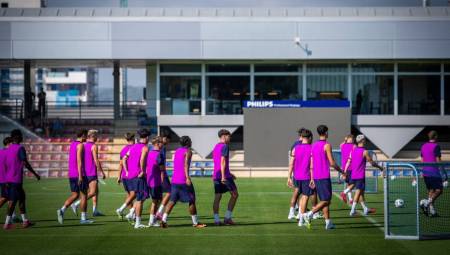Latin America. Control rooms are those spaces where all the information is concentrated in the same place to be analyzed and interpreted for better decision making, that is, it is an intelligence center of the organization with the essential location for operations.
Being constituted as the space where the data is analyzed for the determination of the course of certain situations, it is essential that the technologies used can provide the security of functioning correctly at all times.
Consequently, it is a first-level need that the planning and correct design of a control room helps that collaboration within these sites can be developed more fluidly in the operators, since the optimization of these spaces represents the improvement in the workflow within the monitoring centers, this offers lower stress levels, increases productivity and supports faster critical decision making.
The control rooms, having an extremely important role in the decision-making process within the public and private sphere, must be able to carry out uninterrupted work, for this reason, it is essential for these spaces that their configurations and updates do not affect the continuous operation. Attending to this problem, one of the most innovative concepts of barco video walls, refers to automatic calibration. But what are we referring to by this optimization?
When talking about automatic calibration, we refer to sense X's unique system on LCD video walls, which ensures that colors are always accurate and completely the same, either within each screen (intra-mosaic uniformity) as well as on the entire wall (uniformity between tiles). The screens are automatically calibrated, therefore, when all the adjustments are made automatically by the system, the programmer or operator will have no problems at the time of carrying out their monitoring activities. This need meets the two main requirements for the optimal functioning of control rooms.
Maintain the uniformity of each screen
Which refers mainly to the degree of intra-mosaic uniformity, that is, within the same panel. On LCD video walls you can visualize a color difference, from the center to the edges, which is not really a texture failure, but is part of the same nature of the video wall, and does not represent quality or production errors. In reality, the disruptive is found when the video wall presents the uniformity of the same color in video or images, since an unbalanced image is created.
Talking about a more technical concept within the technology used in control rooms, takes us back to the uniformity between the tiles where the brightness of different points on the canvas is usually measured and allows a comparison with each other, which will result in the percentage of equality between these points.
According to Manuel Navarrete, Sales Manager Barco in Colombia, "the work that Barco has been developing has resulted in greater uniformity of the complete video wall, which for the operators of the control rooms represents that good quality conditions for the processing of data predominate, generating more comfortable and reliable spaces in interpretation".
Improved color uniformity
On the other hand, the complication found within the distribution pattern in gray and color scales is not the same, since this sequence is different in the brightness scale and with respect to the white color. To be able to make a measurement in these multiple levels between mosaics, a 3D query table is necessary, where the data is later extracted for brightness and color corrections. All this series of steps to follow distracts employees from the true mission of data analysis from control rooms, with detailed procedures that directly affect the workflow.
The solution to avoid a series of complications within these processes is directly linked to the technology offered by Barco, where through Sense X, the continuity of work can be achieved thanks to the fact that it works uninterruptedly, eliminating the need to calibrate the video wall every year, since this automatic calibration system ensures the permanence of work at all times.
Therefore, it must be taken into account that the work carried out within the control rooms can be extremely heavy, the solutions that respond to the needs of these spaces allow to lighten this load from different aspects, the calibration for an improvement in the visualization is one of them, where through Barco and the automation of the processes it has been possible to constitute an approach that contributes to achieve the objectives established in the tasks of supervision and monitoring.



